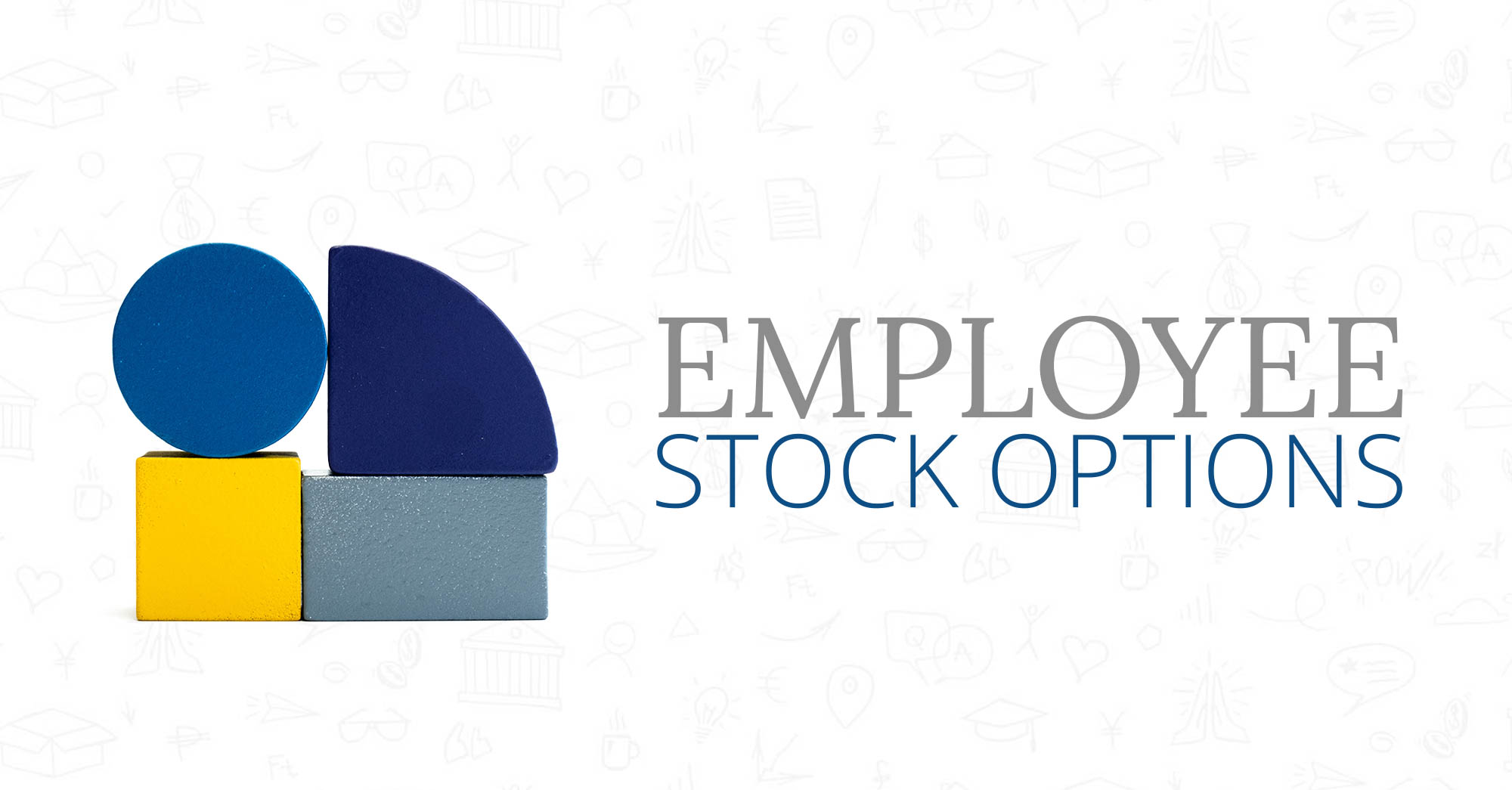When it comes to passing the torch, there are multiple options. Have you thought about an Employee stock ownership plan (ESOP)? It’s a great tool for owners who are considering selling their business to ensure a smooth transition and a long-lasting legacy.
What is an ESOP?
An ESOP is an employee benefit plan that enables employees to earn equity in the company over a period of time, providing a variety of significant tax benefits for companies and their employees. Company owners selling their company to an ESOP can get cash liquidity to help facilitate an exit by selling shares.
It works by establishing an ESOP trust which is a legal entity to hold the assets of the ESOP – primarily company stock and cash – on behalf of the employees.
Why selling shares to employees through an ESOP
1. Business continuity
The Silver Tsunami is already rolling in – The baby boomers are headed for retirement, and they’re selling their businesses.
We know it’s not always easy to find a good buyer for passing the torch, especially when the market is flooded with businesses for sale. Even if you’re lucky enough to find a buyer(s), they may not want to continue your legacy that you’ve put a lot of hard work and sacrifice into.
Selling shares to employees is an option that could work perfectly if you have long-term employees who’ve helped you build your company, have the same motivation as you, and want to carry on the business.
2. Transitional flexibility to facilitate succession planning
An employee stock ownership plan allows owners and main shareholders to sell all of their shares at one time, or some on the schedule of their choosing. If you want to stay involved longer, just structure the exit over a longer timeframe.
Since the transition in leadership can occur as you wish, this avoids a common situation where adverse consequences for the company and the employees happen when owners or primary shareholders leave the business.
3. Greater commitment and productivity from employees
Anything that employees do to help the company succeed and grow will help ESOP account balances grow. This effectively keeps the organization more productive, encourages the growth of the brand scalability, improves the morale of workers, and reduces employee turnover.
Most employees are more willing to share an idea, embrace change, or encourage innovation when they have a stake in the outcome.
63% of the ESOP companies say ESOPs increased productivity.
70% reported increased profitability, and about 78% reported increased revenue. (Source: 2019 ESOP Economic Performance Report)
4. Tax Benefits
Unlike selling your company to a third party, this plan has several significant tax advantages. Many contributions/dividends are tax-deductible, including:
- Cash contributions used to buy shares from owners
- Contributions of stock (i.e. when issuing new shares)
- Contribution used to repay the ESOP loan in a leveraged case
- Dividends (If an ESOP pays you dividends directly)
How does an ESOP work?
In employee ownership, the management structure stays largely unchanged because you and other owners wouldn’t necessarily lose ‘control’ of the company right away and your employees would not be running the company simultaneously.
This concept allows a smooth and gradual transition. When the owners are ready to fully step away, their involvement can be terminated. Selling shares to employees through an ESOP involves an ESOP trust. To learn more, head over to our ESOP step-by-step guide.
Planning
You need to involve your employees in the planning – after all, they need to understand exactly what is happening. Clear communications and regular updates are vital to ensuring that your employees remain excited by the change – not anxious.
Besides, they need to get comfortable taking part in company decisions. It’s best to get them involved as early as possible.
The earlier you start planning, the more options you have in general. With a long-term transition, you have more financing options and you can plan for every scenario – ensuring a smooth transition.
Managing employee ownership
Employee ownership can dramatically strengthen your business and provide you with a way to retire knowing that your legacy will remain intact. However, the employees need a way of managing their ownership – their shares. They need to see how much they’re awarded, when the awards vest, how much the shares are worth, etc. They need to view all this information at a glance, quickly getting accurate information.
Not only that but there is a lot of work that goes into share ownership management – coordination between departments, reporting, compliance, and more. It’s possible to do this all on your own if you give yourself enough planning time. It’s hard work, but it’s possible.
Or, you can get the help of a professional. Global Shares provides award-winning equity compensation plan management. From software and administration to compliance and reporting – we can help your employees take full advantage of employee ownership.
Contact us today to find out how we can help your transition into employee ownership.
This publication contains general information only and J.P. Morgan Workplace Solutions is not, through this article, issuing any advice, be it legal, financial, tax-related, business-related, professional or other. J.P. Morgan Workplace Solutions’ Insights is not a substitute for professional advice and should not be used as such. J.P. Morgan Workplace Solutions does not assume any liability for reliance on the information provided herein.



